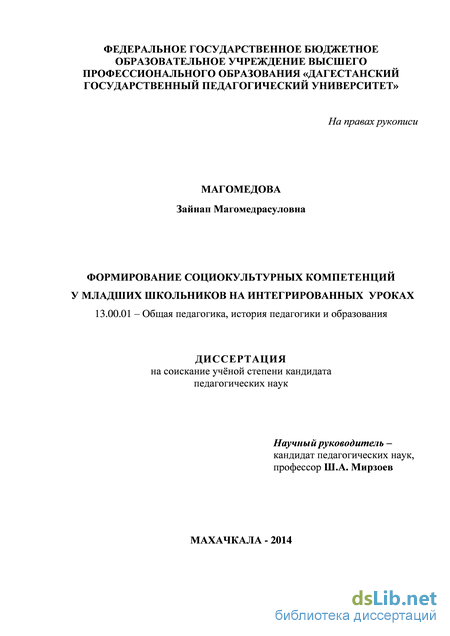Formirovanie Klyuchevih Kompetencij Na Urokah Istorii

Some of the world's brightest minds are carrying out research in this area -- and still have not succeeded so far in creating a unified theory of quantum gravitation is often considered to be the “Holy Grail” of modern science. Daniel Grumiller from the Institute of Theoretical Physics, Vienna University of Technology, can now at least unravel some of the mysteries of quantum gravitation. His results on black holes and gravitational waves are pretty mind-boggling - to say the least. Only recently he won the START prize and will use these funds to engage even more young physicists at the TU Vienna. We perceive the space around us as three-dimensional. According to Einstein, time and space are inseparabely linked.
Inhibicijski učinak kozjega i kravljega mlijeka s dodatkom meda, fermentiranog s Bifidobacterium lactis Bb-12 na rast bakterije Listeria monocytogenes Article (PDF Available) January 2009 with. Deep fritz 12 keygen download. Intertherm bdm35 manual.
Adding the time axis to our three-dimensional space makes our space-time-continuum four-dimensional. For decades, scientists have been wondering about the existence of additional dimensions so far hidden to our senses. Grumiller and his colleagues are trying the opposite approach: Instead of postulating additional dimensions, they believe that our universe could in fact be described by less than four dimensions. “A hologram, as you find it on bank notes or credit cards, appears to show a three-dimensional picture, even though in fact it is just two-dimensional,” Grumiller explains. In such a case, reality has fewer dimensions than we would thinkit appears to have. This “holographic principle” plays an important role in the physics of space time.
Instead of creating a theory of gravity in all the time and space dimensions, one can formulate a new quantum theory with one fewer spatial dimension. That way, a 3D theory of gravitation turns into a 2D quantum theory, in which gravity does not appear any more.

Still, this quantum theory correctly predicts phenomena like black holes or gravitational waves. “The question, how many dimensions our world really has, does probably not even have a proper answerprobably cannot be answered explicitly,” Grumiller thinks. “Depending on the particular question we are trying to answer, either one of the approaches may turn out to be more useful.” Grumiller is currently working on gravitational theories which include two spatial dimensions and one time dimension. They can be mapped onto a two-dimensional gravitationless quantum theory.
Such theories can be used to describe rapidly rotating black holes or “cosmic strings” – spacetime defects, which probably appeared shortly after the Big Bang. Together with colleagues from the University of Vienna, Grumiller is organizing an international workshop, which will take place from April 14 to 24, 2009.
Renowned participants, like scientists from Harvard, Princeton, the MIT and many other universities, reveal that the Viennese gravitation physicists are held in high regard internationally.